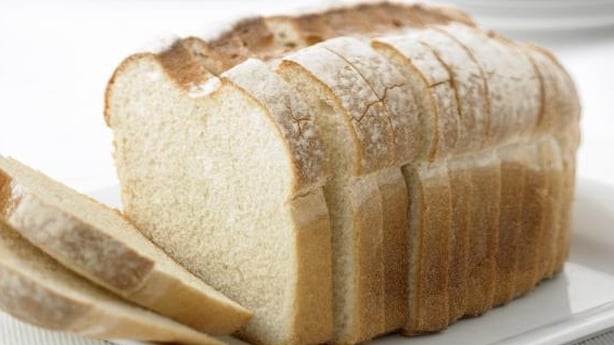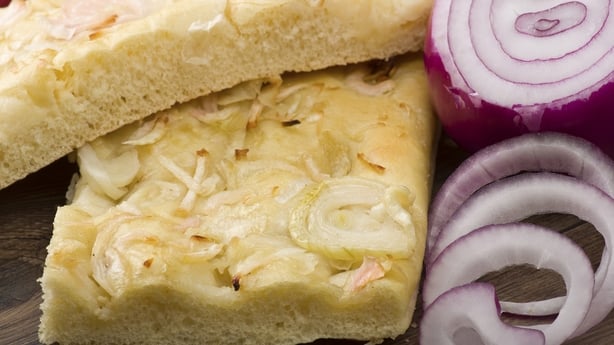Eoin Cluskey, Head Baker & Owner of Bread 41 Bread Recipes
Enriched White Bread / Batch Bread
500g strong white flour
1 heaped teaspoon of salt
10g fresh yeast (5g dried yeast)
300ml water
50ml olive or rapeseed oil
Makes 2 small loaves or 12 small dinner rolls
Preheat the oven to 220° C/425°F/gas mark 7. Mix the flour, yeast and salt in a bowl or on a clean surface and make a well in the centre. Add your wet ingredients.
Bring together with your hands or a spatula, and then turn out on to a clean kitchen surface and knead for 10 minutes or until the windowpane effect is achieved. The dough should be soft and elastic.
Place the dough in an oiled bowl and leave to prove in fridge overnight or until it has doubled in size.
Turn the proven dough out and knock it back. Divide the dough into two equal portions, then shape into two small loaves, one large loaf or dinner rolls – it's up to you.
Cover and allow to prove again for 3hrs. Your loaf should now come to just below the rim of your loaf tin.
Place a roasting tray into the base of the oven. When ready to bake, place the loaves into the oven and pour in water from a boiling kettle into the hot roasting tray, which should release a blast of steam.
Bake the loaves for 35-40 minutes. Remove from the tins, and cook for a further 8 minutes to firm up the sides. Resist the temptation to get stuck in until the loaf cools. Enjoy!

Sun dried Tomato, Red Onion and Olive Focaccia
500g flour
10g salt
300ml water
10g fresh yeast (5g dried yeast)
90g olive oil, plus 2tbsp to pour on the focaccia 2 tsp of dried herbs (optional)
To garnish:
50g sun dried tomatoes roughly chopped 50g of olives, sliced
½ red onion, sliced sea salt flakes to finish
Makes 2 foccacias
Preheat the oven to 200° C/400°F/gas mark 6. Mix the flour, salt and herbs in a bowl or on a clean surface and make a well in the centre. Crumble the yeast into the water so that it dissolves, then add it to the well, along with the 100g of olive oil.
Bring together with your hands or a spatula, then turn the dough out on to a clean surface and knead for 10 minutes or until you can see the windowpane effect. The secret to achieving a beautiful honeycomb finish, the characteristic of a great focaccia is a wet elastic dough. The dough should be soft and elastic, Place the dough into an oiled bowl, cover and allow to prove for 60 minutes.
After it has proved, knock back the dough, cut it into 2 equal pieces and form each piece into a ball. Lightly press each ball with your fingertips to flatten it, slowly working the dough out like a pizza base. Try not to rip or tear the dough with your fingers. The dough has a natural tendency to shrink, therefore it is best to work the dough in stages. Roughly shape the first piece of dough, place to one side, allow to rest as you work on the second dough.
Continue pressing and forming the dough circles until they are about 1 1/2cm thick. The dough should resemble a thick crust pizza base. Push your fingertips into the surface to create dimples, then pour on the remaining olive oil, smoothing it over the surface and pushing in more dimples if needed.
Add your chosen toppings, pushing the toppings gently into the dough. Put on to baking trays, cover with a damp tea towel and leave to prove for 45 minutes.
Just before baking top each foccacia with sea salt. Bake the focaccias for about 15-20 minutes, until lightly golden.
Once cooked, drizzle with olive oil and allow to cool.


